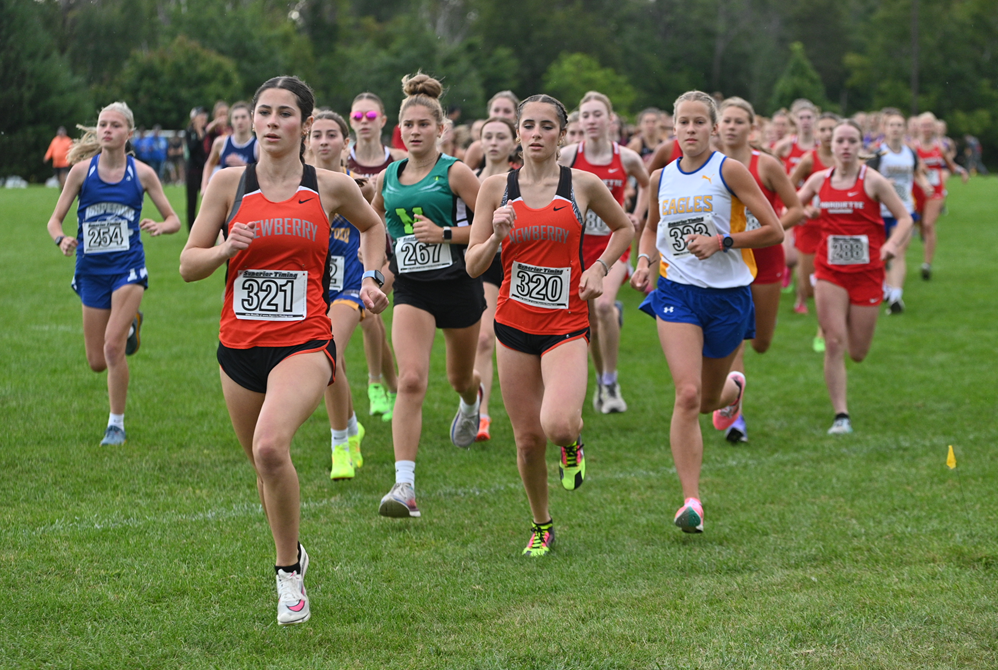
Beyond Fairness
April 11, 2017
One of the lessons I learned decades ago when I was employed at the National Federation of State High School Associations (NFHS) is that sometimes the playing rules are not fair.
The NFHS is the publisher of playing rules for most high school sports, and its rule books govern competition for most of the contests for most of the high schools in the U.S.
But the NFHS doesn’t publish the most fair rules. On purpose.
The rules for the high school level attempt to do much more than promote competitive equity, or a balance between offense and defense; they also attempt – without compromising participant health and safety – to simplify the administration of the game.
Unlike Major League Baseball, where umpires officiate full-time, and professional basketball, football and ice hockey where they officiate nearly full-time, the officials at the high school level are part-timers. They have other jobs. This is their avocation, not their vocation.
So the NFHS develops and publishes rules that minimize exceptions to the rules. In football, for example, there are fewer variables for determining the spot where penalties are enforced.
At the high school level, the rule makers intend that the rules be – for players, coaches and officials alike – quicker to learn, simpler to remember, and easier to apply during the heat of contests.

Be the Referee: Cross Country Uniforms
By
Paige Winne
MHSAA Marketing & Social Media Coordinator
September 10, 2024
Be The Referee is a series of short messages designed to help educate people on the rules of different sports, to help them better understand the art of officiating, and to recruit officials.
Below is this week's segment – Cross Country Uniforms - Listen
Today we’re talking roster sizes and uniforms in cross country.
In the regular season, a school can enter a maximum of 12 competitors, and the top seven contribute to the school’s score. In the postseason, schools can enter a max of seven runners, with the top five contributing to the team score.
In the past, all members of a team had to wear identical uniforms. But that’s no longer the case. Now, each runner must wear a uniform that clearly indicates their team through the use of their predominant school colors, school logo, or nickname. They don’t have to be identical – but the school they are representing must be obvious, and it must be clear who your teammates are.
Something to think about the next time you are getting ready to run 3.1 miles.
Previous 2024-25 Editions
Sept. 3: Soccer Handling - Listen
Aug. 24: Football Holding - Listen
PHOTO Newberry's Samantha Taylor (321) and Abby Taylor (320) lead the beginning of the Wildcat Invite last month at Northern Michigan University, with Samantha eventually finishing first and Abby third. (Photo by Cara Kamps.)

